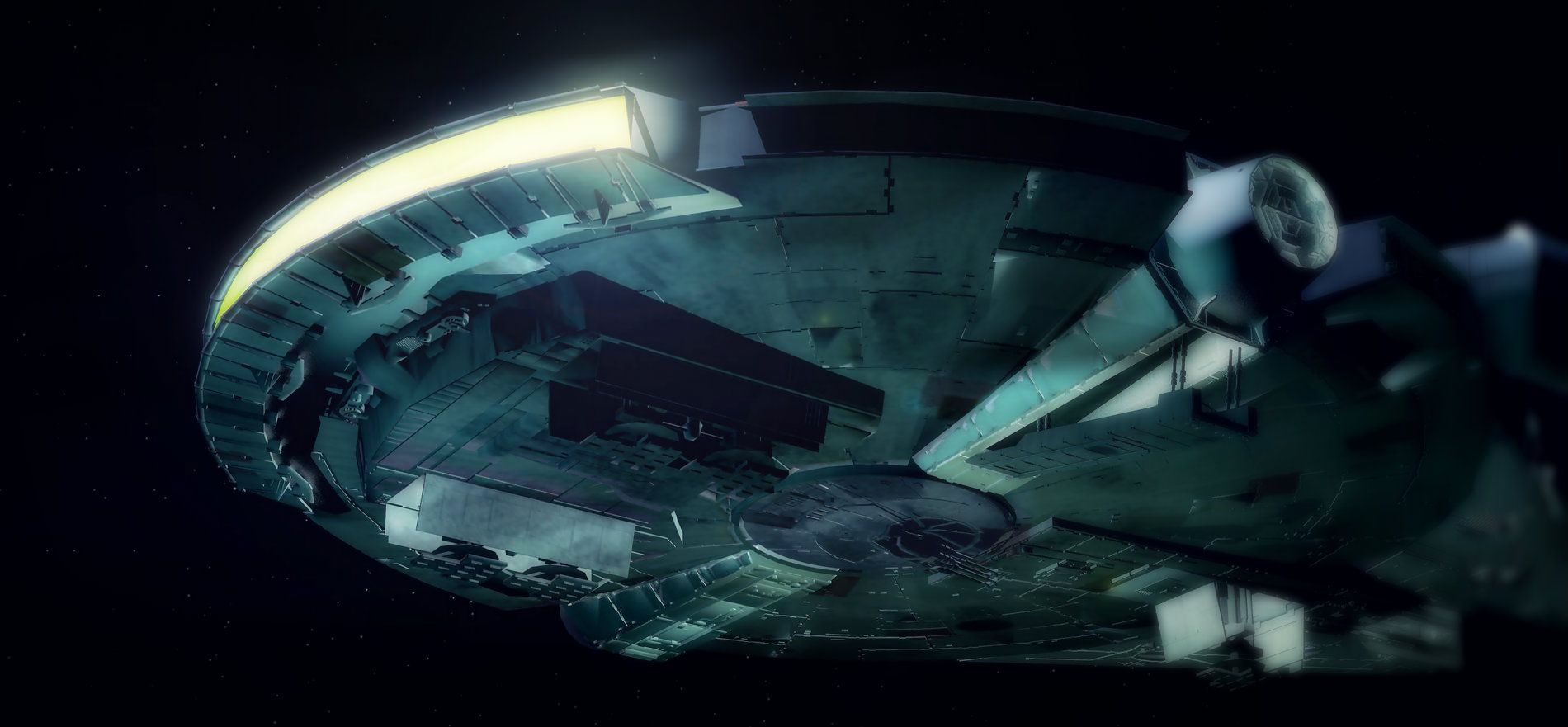Photo scanning, also known as photogrammetry, is the process of capturing reality through the use of regular or 2D photos. Those photos are then used to create computer generated algorithms that in turn create textured 3D models. The first job of the 3D scanner is to create a point cloud which is geometric samples on the subject’s surface. The points are then used to create the shape of a subject, a process referred to as reconstruction. The colors are collected at each point recreate the subject realistically.
A 3D scanner has common traits with a camera in that they both have a cone-shaped field of view and can only collect information about surfaces that have an unobstructed view. Basic photos collect color information in its field of view. A 3D scanner collects distance information about everything in its field of view. This virtual photo produced by the 3D scanner gives information about the distance to each surface point. This provides a 3-dimensional position for each surface point that needs to be identified.
A single scan will not provide enough information to make a complete model of a subject. It may take hundreds of photos from different angles and directions to obtain the necessary information to replicate a subject. Then, the scans have to be processed through a reference system to merge the scans in order to create a complete model. The process is called the 3D scanning pipeline.
3D Scans Create Star Wars Character
3D modeling techniques have been used in the entertainment industry, especially in gaming, including the worlds in Star War’s video game Battlefront. Lucasfilm recently used 3D scans for their movie Rogue One: A Star Wars Story to recreate Grand Moff Tarkin. The original actor, Peter Cushing, who played the character in Star Wars in 1977, died in 1994. With the use of a facial performance rig worn by the actor Guy Henry, Lucasfilm was able to pull off one of the most stunning visual effects in modern movie history.
Industrial Light and Magic (ILM) was responsible for the 3D recreation of Grand Moff Tarkin. Usually, the virtual process takes place by digitally sculpting or using 3D scans of living actors. This was not possible since Cushing passed away. ILM began studying Tarkin’s character from the original Star Wars movie, A New Hope. This process was not having much success. ILM then stumbled on a life cast of Cushing that was used in the movie Top Secret, produced in 1984. This key element allowed the visual effects team to make great process. First, ILM sculpted Tarkin’s face using CGI and digital models. Then, they were able to use their 3D scanner to make the 3D models. Using markers to pinpoint the location of Tarkin’s face, points of reference were created to map Tarkin’s face over Guy Henry’s face for the filming of the movie. The device they used was the NextEngine 3D Laser Scanner that captured the textures and colors needed to make the special effects realistic and lifelike.
